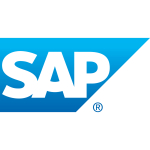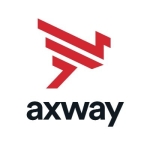It is the best for the business. How the business gets all the files for whatever transfers we do and getting it securely is one of the biggest benefits of this product.
It makes money for the bank and then this makes it easy for our customers, i.e., the bank's customers, to send or receive data in a secure manner.
A more deeper monitoring system for the product itself is required. Right now, we do use the IBM Control Center for monitoring, which is another IBM monitoring product, but it would be better if they can provide an easy-to-use interface for monitoring purposes.
The interface is too detailed, i.e., if you want to give it to the help desk to just monitor, it doesn't give you a yes / no option nor does it give an alert / no alert option. It just gives too much details for everything. It requires too much customization that we need to do, so as to make the product work to its best.
It is a pretty good product but still a lot of customization is required for each and everything that we do. It gives you a lot of flexibility for a new IT person. However, he has to learn a lot of different ways; it's not just in one way you can configure the product, i.e., the way most of the Microsoft products or any other products would be. That's the only way you can do it. IBM does give you the option to customize in a lot of different ways, which is good, but for new people getting in there, it involves too much learning.
It's very stable, it is a good product that you can have.
The scalability is also very good; love that.
We do use the IBM support all the time. We have a support contract with them, so it is very valuable. We are always able to find the right person and the right solutions.
We were not previously using any other solutions. We are trying to move to the IBM EDI, which is the IBM Transformation Extender. It's an extra IBM ITX product that is what we are trying to use, because that's the bank's requirement/business requirement.
I wasn't involved in the initial setup.
I would definitely recommend this product.
Make sure that you always have the IBM support because being a big product, when getting exposed to the outside world all the time, it has a lot of vulnerabilities that come with it.
It's a great product and should go for it. It will make money for your bank.
The most important criteria while selecting a vendor are costs and stability.











That's true and coming this from user will definitely add value.